isoprene
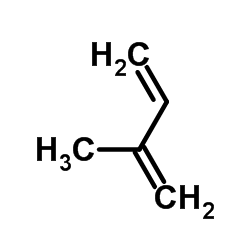
isoprene structure
|
Common Name | isoprene | ||
|---|---|---|---|---|
| CAS Number | 78-79-5 | Molecular Weight | 68.117 | |
| Density | 0.68 | Boiling Point | 34 ºC | |
| Molecular Formula | C5H8 | Melting Point | -146 ºC | |
| MSDS | Chinese USA | Flash Point | -48 ºC | |
| Symbol |



GHS02, GHS08, GHS09 |
Signal Word | Danger | |
| Name | isoprene |
|---|---|
| Synonym | More Synonyms |
| Density | 0.68 |
|---|---|
| Boiling Point | 34 ºC |
| Melting Point | -146 ºC |
| Molecular Formula | C5H8 |
| Molecular Weight | 68.117 |
| Flash Point | -48 ºC |
| Exact Mass | 68.062599 |
| LogP | 2.41 |
| Vapour density | 2.35 (vs air) |
| Vapour Pressure | 549.0±0.0 mmHg at 25°C |
| Index of Refraction | 1.400 |
| InChIKey | RRHGJUQNOFWUDK-UHFFFAOYSA-N |
| SMILES | C=CC(=C)C |
| Water Solubility | 0.07 g/100 mL |
| Freezing Point | -145.96℃ |
CHEMICAL IDENTIFICATION
HEALTH HAZARD DATAACUTE TOXICITY DATA
MUTATION DATA
|
| Symbol |



GHS02, GHS08, GHS09 |
|---|---|
| Signal Word | Danger |
| Hazard Statements | H224-H341-H350-H411 |
| Precautionary Statements | P201-P210-P280-P308 + P313-P370 + P378-P403 + P235 |
| Personal Protective Equipment | Eyeshields;Faceshields;full-face respirator (US);Gloves;multi-purpose combination respirator cartridge (US) |
| Hazard Codes | F+:Highlyflammable;T:Toxic; |
| Risk Phrases | R12;R45;R52/53;R68 |
| Safety Phrases | S53-S45-S61 |
| RIDADR | UN 1218 3/PG 1 |
| WGK Germany | 1 |
| RTECS | NT4037000 |
| Packaging Group | I |
| Hazard Class | 3 |
| HS Code | 4002601000 |
| Precursor 10 | |
|---|---|
| DownStream 9 | |
| HS Code | 4002601000 |
|---|
|
Isoprene emission by poplar is not important for the feeding behaviour of poplar leaf beetles.
BMC Plant Biol. 15 , 165, (2015) Chrysomela populi (poplar leaf beetle) is a common herbivore in poplar plantations whose infestation causes major economic losses. Because plant volatiles act as infochemicals, we tested whether isopr... |
|
|
Breath metabolite response to major upper gastrointestinal surgery.
J. Surg. Res. 193(2) , 704-12, (2015) Esophagectomy and gastrectomy are associated with profound metabolic changes and significant postoperative morbidity. The aim of this prospective clinical study was to determine whether breath analysi... |
|
|
The Eucalyptus terpene synthase gene family.
BMC Genomics 16 , 450, (2015) Terpenoids are abundant in the foliage of Eucalyptus, providing the characteristic smell as well as being valuable economically and influencing ecological interactions. Quantitative and qualitative in... |
| 2-methyl-buta-1,3-diene |
| BUFFER PH7.20 |
| EINECS 201-143-3 |
| BUFFER ACETATE |
| 2-methyl-1,3-butadiene |
| 3-methyl-1,2-butadiene |
| Isopentadiene |
| Vita-crop |
| 2-methylethene |
| decyclo-C5 |
| MFCD00137248 |
| Isoprene |
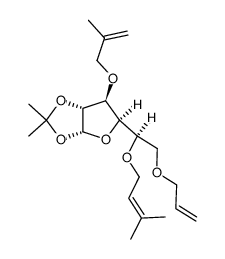 CAS#:753488-56-1
CAS#:753488-56-1 CAS#:78-80-8
CAS#:78-80-8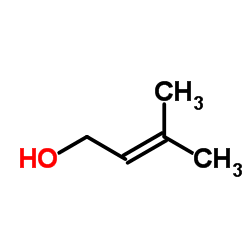 CAS#:556-82-1
CAS#:556-82-1 CAS#:50-00-0
CAS#:50-00-0 CAS#:115-11-7
CAS#:115-11-7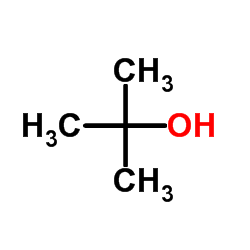 CAS#:75-65-0
CAS#:75-65-0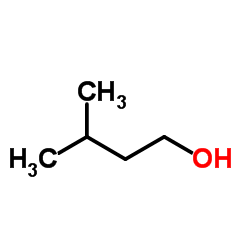 CAS#:123-51-3
CAS#:123-51-3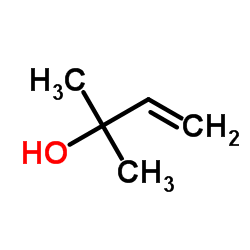 CAS#:115-18-4
CAS#:115-18-4 CAS#:3415-48-3
CAS#:3415-48-3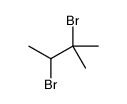 CAS#:594-51-4
CAS#:594-51-4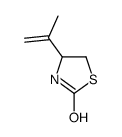 CAS#:104514-83-2
CAS#:104514-83-2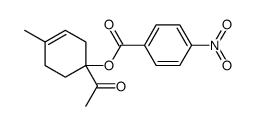 CAS#:111945-64-3
CAS#:111945-64-3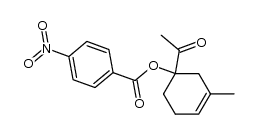 CAS#:111945-65-4
CAS#:111945-65-4 CAS#:1120-79-2
CAS#:1120-79-2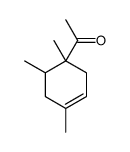 CAS#:106265-48-9
CAS#:106265-48-9 CAS#:1073968-62-3
CAS#:1073968-62-3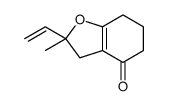 CAS#:109704-10-1
CAS#:109704-10-1 CAS#:105425-68-1
CAS#:105425-68-1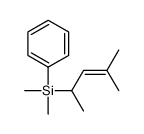 CAS#:106621-06-1
CAS#:106621-06-1
